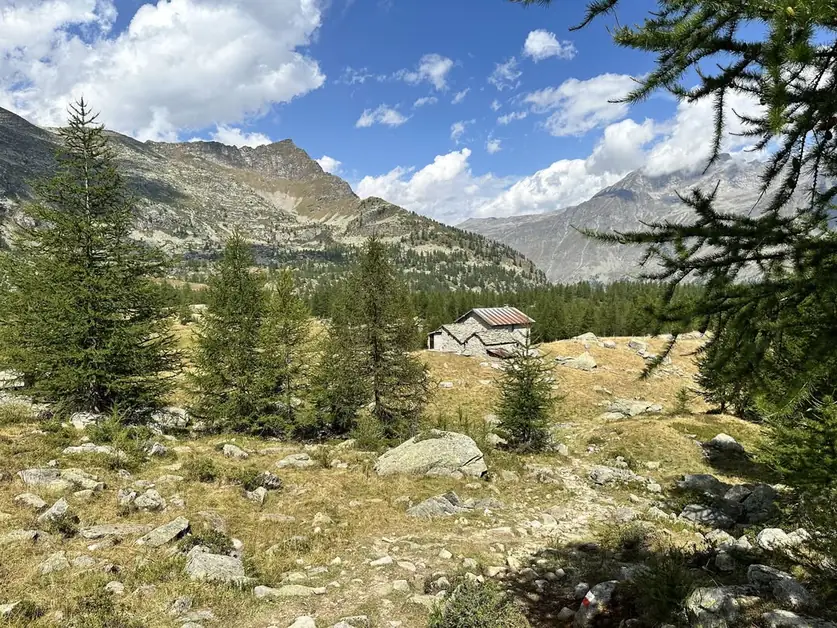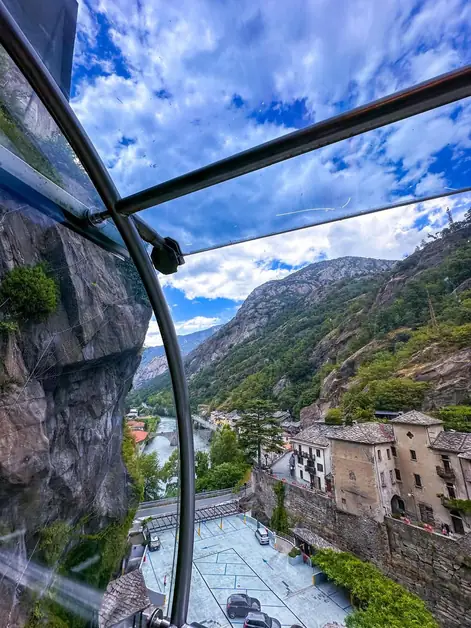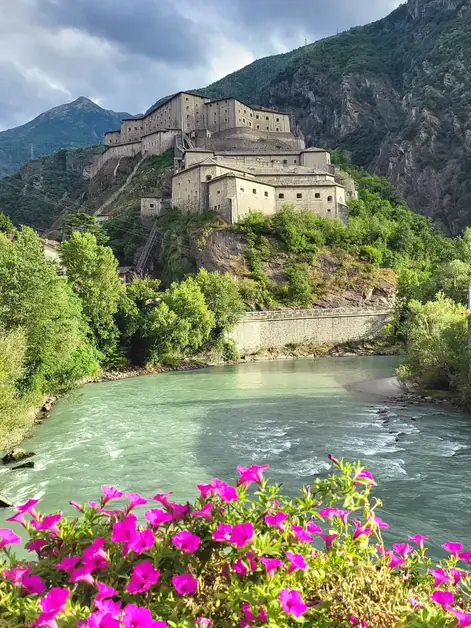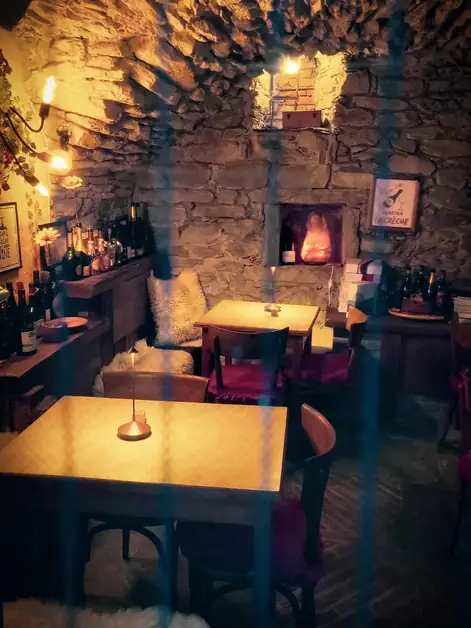Gran Paradiso National Park between nature and adventure
Gran Paradiso National Park is a natural treasure to explore.

What is Gran Paradiso National Park and where is it located?
Gran Paradiso National Park is the first national park in Italy, established in 1922. It covers 70,000 hectares between Valle d'Aosta and Piedmont, encompassing alpine landscapes that range from 800 meters in the valley to 4,061 meters at the summit of Gran Paradiso. In Valle d'Aosta, the park includes the valleys of Cogne, Valsavarenche, and Rhêmes-Notre-Dame.
What is the history of Gran Paradiso National Park?
Its history is linked to the protection of the Alpine ibex. In 1856, King Vittorio Emanuele II declared these mountains a royal hunting reserve, thus saving the ibex from extinction. Roads and trails were created to facilitate the protection of wildlife and for hiking. In 1920, Vittorio Emanuele III donated the reserve to the state, which officially established the park two years later.
What are the visitor centers of Gran Paradiso National Park?
In Valle d'Aosta, there are four visitor centers: one in Cogne, two in Valsavarenche, and one in Rhêmes-Notre-Dame. These centers provide information and exhibitions on various natural aspects of the park throughout the year. Each center specializes in a theme: from water biodiversity to alpine fauna, to the history of the territory.
What animals can be seen in Gran Paradiso National Park?
The ibex is the symbol of the park and is easily spotted grazing. Males have long curved horns, while females have shorter ones and live with their young. The chamois is very common but harder to observe. The marmot is a cute rodent that lives in underground burrows and prepares for hibernation in winter. Among the birds of prey, one can see the golden eagle and, thanks to reintroduction projects, also the bearded vulture. Another species that has returned to the park is the lynx, a small predatory feline. In the visitor center “Water and Biodiversity” in Rovenaud, Valsavarenche, some otters live in semi-freedom, once naturally present in these valleys.
What flowers and plants grow in Gran Paradiso National Park?
In the valleys, there are larch, red fir, Swiss pine, and white fir forests. As one ascends, trees give way to alpine pastures, rich in flowers in spring. Beyond the pastures, there are rocks and glaciers. In Cogne, there is the alpine botanical garden Paradisia, with over 1,000 species of plants. July is the best month to admire its blooming. Among the rare flowers of the park are Potentilla pensylvanica, Astragalus alopecurus, Aethionema thomasianum, Linnaea borealis, and Paradisea liliastrum, a white lily that gave its name to the Paradisia garden.
What hikes can be done in Gran Paradiso National Park?
The park offers trails for every level, from walks in the valleys to climbs to alpine huts. Among the most frequented valleys are the valley of Cogne, with views of Gran Paradiso, and Valsavarenche, the starting point for climbing to the summit. The valley of Rhêmes-Notre-Dame is ideal for those seeking tranquility and unspoiled landscapes.
How to reach Gran Paradiso National Park in Valle d'Aosta?
By car, take the A5 Turin-Aosta motorway and exit at the Aosta Ovest toll booth. From there, follow the signs for the valley of Cogne, Valsavarenche, or the valley of Rhêmes. The roads lead to the main access towns to the park, where there are parking areas and information points.
Why visit Gran Paradiso National Park?
Because it is a place where nature is protected and easily observable. You can see alpine animals in their habitat, walk among rare flowers, and breathe the clean air of high altitudes. The combination of spectacular landscapes, wildlife, and history makes it a unique destination for mountain lovers.




